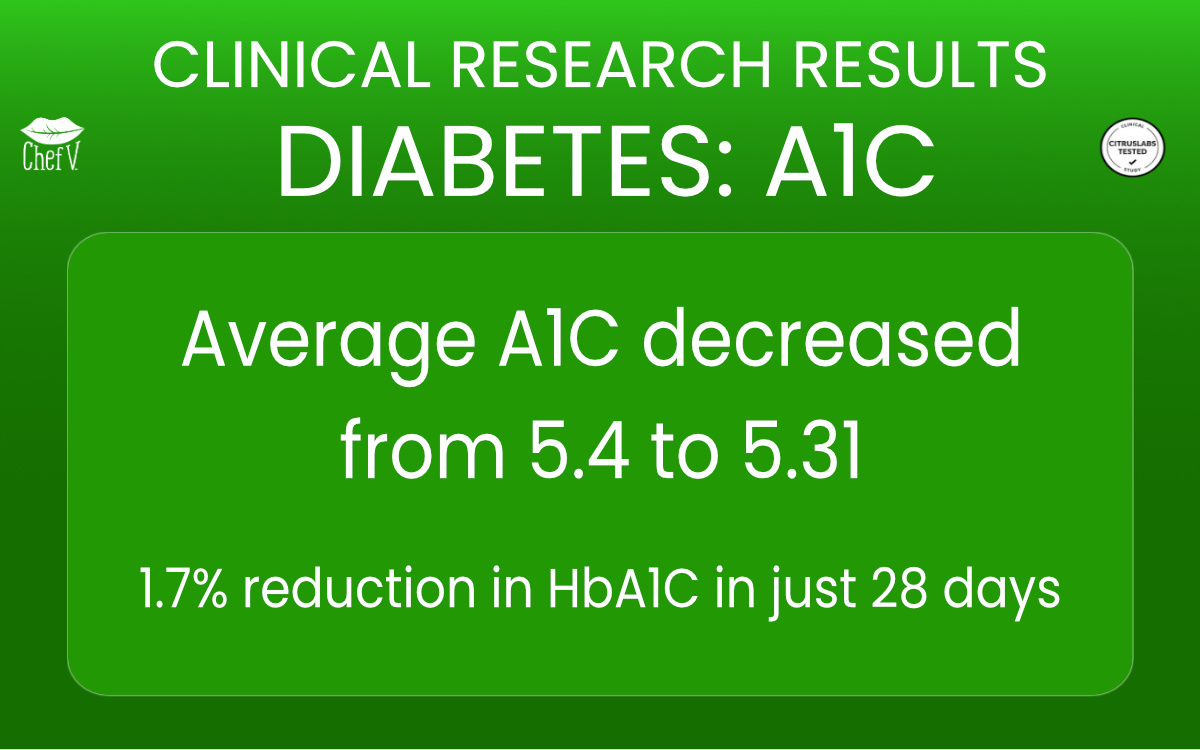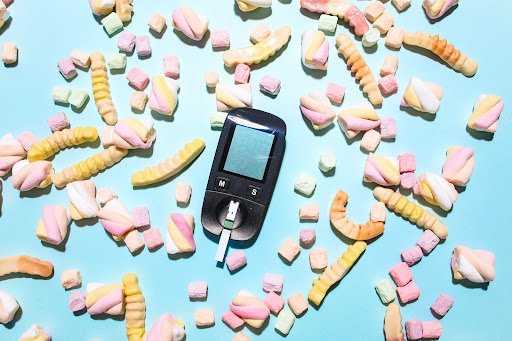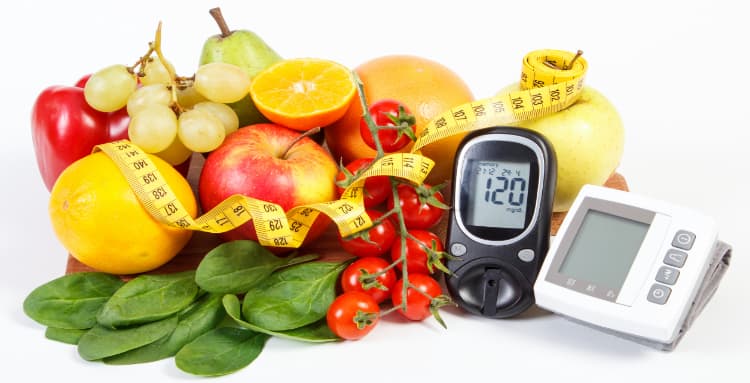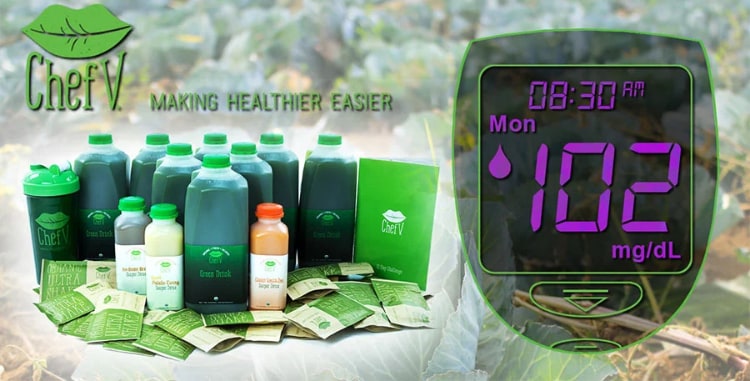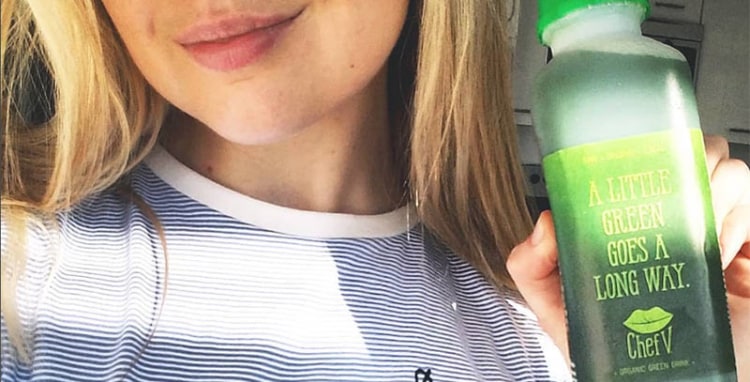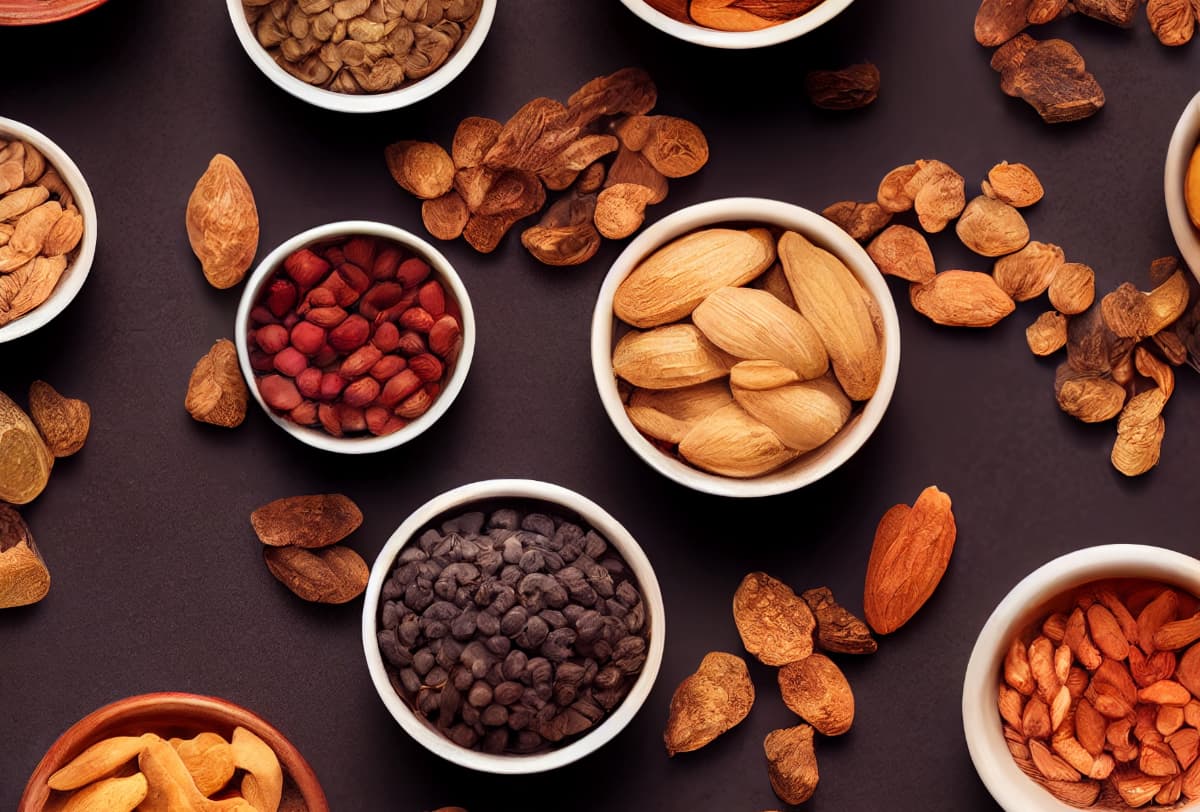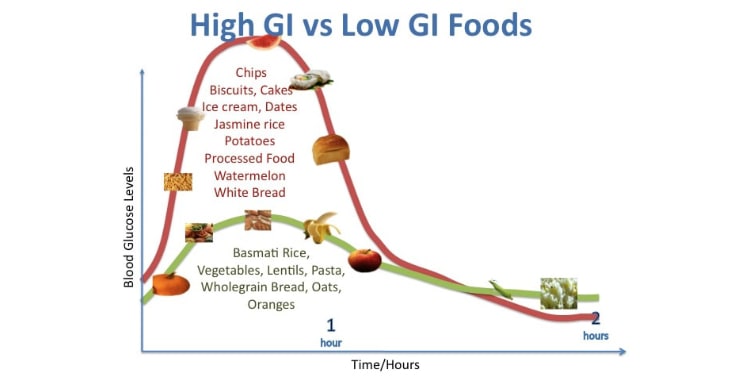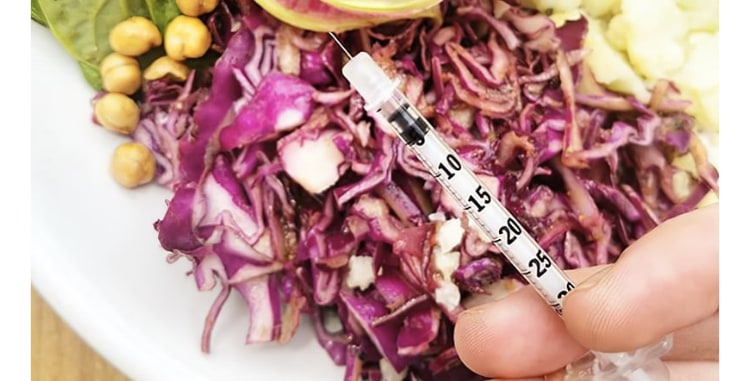
An independent clinical trial shows that Chef V’s 21 Detox followed by 7 days of continuing with a Green Drink plan significantly lowered HbA1C levels, one of the most important markers of health and longevity.
According to Citruslabs, after the 28 day study was completed, “…there was a significant reduction in HbA1C. HbA1C is a marker of glucose levels in the blood, and lower levels are preferred to higher levels. The significant reduction in HbA1C demonstrates a healthy glucose response by the body after using Chef V products.”
Maybe you’ve heard of “A1C” and know it has something to do with blood sugar levels. That’s a good start. But your A1C levels don’t only reveal whether you have diabetes or prediabetes. Your A1C level also has a profound effect on skin health and the aging process. And considering that your A1C level is one of the most important health biomarkers, let’s dive deeper.
It's important to understand that lowering your A1C levels is a gradual (slow) process. Unlike a blood glucose test, A1C measures your average blood sugar over a period of 2 to 3 months. This means, it can take up to 3 months to notice significant changes in your A1C.
What is an “A1C” Blood Sugar Test?
Been a while since you’ve had lab work done? If so, I highly recommend that you get a Complete Metabolic Panel (CMP) that includes A1C. Getting a CMP and A1C provides a snapshot of your liver and kidney health, electrolyte balance, metabolism, and blood.
Just as you take your car to a mechanic for optimal engine performance, you should get these diagnostic tests to ensure your body’s “engine” is running smoothly.
The hemoglobin A1C or HbA1c test (A1C for short) is a simple blood test that measures your average blood sugar levels over the past 3 months. That’s the simple explanation.
More specifically, the A1C test measures the amount of glycated hemoglobin in the blood.
So let’s break down what “glycated hemoglobin” is in two parts. First, hemoglobin is an oxygen-carrying protein in your red blood cells. Hemoglobin carries oxygen from your lungs to the rest of your body.
What does this have to do with blood sugar?
That brings us to “glycation.” When you eat anything with sugar or carbohydrates that break down into sugar, some of that sugar sticks to hemoglobin. This is called glycation. The A1C test measures the levels of these sticky, sugary molecules as a percentage. The higher the percentage of red blood cells with sticky hemoglobin, the higher your blood sugar levels.

What is the A1C Test Used For?
Because red blood cells live for about three months, an A1C test provides a sneak peek of how much sugar is hanging out in the bloodstream over that three-month period of time.
The A1C test is used to diagnose diabetes, assess how well people with diabetes manage their blood sugar levels and diagnose prediabetes.
According to the Diabetes Research Institute, 37.3 million Americans or 11.3% of the population have diabetes, and nearly 100 million Americans have prediabetes, including nearly 50% of people 65 and older.

Why Glycation Matters
Obviously, diabetes is a major health concern. Research from the Journal of Exercise Nutrition & Biochemistry explains that glycation—the underlying mechanism behind type 2 diabetes—leads to “a variety of irreversible dehydration and rearrangement reactions that lead to the formation of advanced glycation end products (AGEs).”
When you eat blackened, barbecued meat or breathe in polluted air, this causes AGEs. AGEs lead to premature aging, including “a loss of protein function and impaired elasticity of tissues such as blood vessels, skin, and tendons … and diabetic complications.”
So can’t you just take some supplements to overcome glycation and AGEs?
Not so fast, suggests the research.
“Because there are no enzymes to remove glycated products from the human body, the glycation process matches well with the theory that the accumulation of metabolic waste promotes aging.”
Additional Resources on Diabetes
Chef V Clinically Proven To Lower A1C Blood Sugar Levels
Is It Safe For People With Type 1 Diabetes To Do A Cleanse?
Chef V’s Perfect “Prescription” For Eating Healthy While Taking Ozempic
A1C Levels & Skin Health
For some people, including those with diabetes, having high blood sugar levels is an abstract health problem. In other words, the link between having high blood sugar levels and serious health problems isn’t considered before it’s too late.
For instance, according to the Centers for Disease Control and Prevention (CDC), common diabetes health complications include heart disease, chronic kidney disease, nerve damage, and other problems with feet, oral health, vision, hearing, and mental health.
Although it seems shallow in comparison, let’s face it, people do care about how they look. And another thing that relatively few people give much thought to is how A1C levels affect the skin. Sugar not only sticks to red blood cells, it also sticks to collagen and elastin, the two primary types of structural protein in the skin.
When there’s too much sugar on collagen and elastin, those advanced glycation end products I mentioned damage collagen and elastin, leading to wrinkles and inflamed, dry, and itchy skin.
The bad news is that it’s difficult to reverse AGEs-related skin damage. But there’s a simple, research-proven method to manage A1C levels and prevent further harm to the body…
Chef V Green Drink Put To The Test for A1C Levels
Fast forward to early 2023 when Brandon and I decided to put the 7 certified organic green leafy veggies to the test. We invested in a clinical trial conducted by Citrus Labs, a Santa Monica-based independent research organization. Citrus Labs analyzed the effects of a Chef V 21 DAY DETOX followed by a 7-day continuation of a Green Drink Plan.
(Read more about the research study here.)
It’s important to mention that none of the study participants had diabetes or high blood sugar levels. Before day 1 of the 28-day study, the average A1C level of the 38 participants was 5.4. On day 28, the participants’ A1C levels were 5.31—a reduction of 1.7%.
That might not seem like a big reduction. But it is. Just like the difference between a 5.0 and 6.0 earthquake is monumental in terms of power and potential destruction, a reduction of 1.7% in A1C levels is impressive, especially for a population that didn’t have a high blood sugar level to begin with. But don’t just take my word for it.
“The significant reduction in HbA1C demonstrates a healthy glucose response by the body after using Chef V products.”
—Citrus Labs analysis

Going Green For Healthier A1C Levels
One of the simplest ways to lower blood sugar levels is by consuming more green leafy veggies. Several studies prove this. For instance, a study of 417 type-2 diabetic patients 65 years or older in Japan showed that eating 1 cup or more a day of green leafy veggies led to significant decreases in HbA1c, triglycerides (fat in the blood), and waist circumference.
As a certified nutritional therapist, I’ve always believed in the therapeutic potential of green leafy veggies. That’s why I created a recipe for an organic low-sugar blended juice with 7 different types of leafy greens.
At the time I created the recipe, I was a personal chef. But the response was so overwhelming that about a decade ago, my husband, Brandon, convinced me to start a business delivering this Green Drink. Within a short time, Chef V was delivering Green Drinks nationwide.

What Are Healthy A1C Levels?
A value of 6.5% or higher indicates diabetes, while a value below 5.7% is considered normal. If you have diabetes, the American Diabetes Association (ADA) recommends an A1C level of less than 7% to reduce the risk of complications.
I’m not suggesting that having a serving of Green Drink is all you need to do to manage A1C levels. After all, lowering your A1C levels requires regular exercise and following a healthy overall diet, which I teach how to do with the 21 DAY DETOX.
But if you’re not a huge fan of veggies or don’t have time to make huge salads, having a daily serving of Organic Green Drink—only 3 grams of natural sugar per 8 ounces—is one of the easiest ways to get your daily dose of A1C-lowering ingredients into your diet.
Is Chef V Detox Safe For Diabetes?
With millions of people using Ozempic for diabetes and weight loss, is doing a Chef V 21 DAY DETOX and continuing with a Green Drink plan safe? And is it generally safe for people with type 1 diabetes, an autoimmune disease that accounts for roughly just 5% of all diabetes diagnoses?
As Citrus Labs concluded, Chef V Detox and Green Drink work because you don’t have to skip meals, which can be dangerous if you have diabetes. “Chef V supplies the nutrition needed for optimal health outcomes,” the lab report concluded.
However, if you have diabetes, you should consult with a registered dietician or other medical professional before beginning any new dietary intervention.
Read more about how Chef V’s Detox & Green Drink has been clinically proven to improve health outcomes such as:
